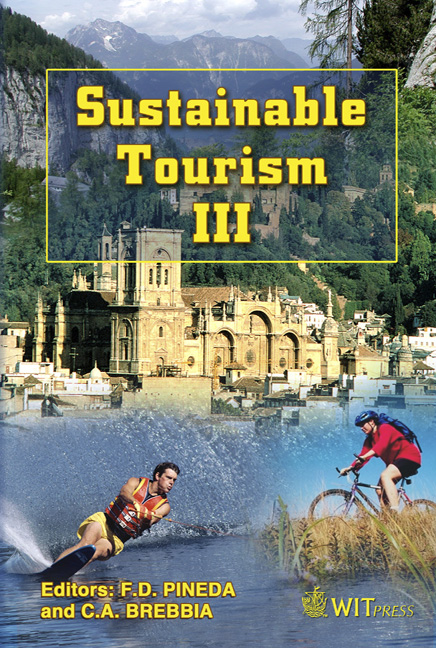Rural Architecture, Tourism And Simulacra
Price
Free (open access)
Transaction
Volume
115
Pages
9
Published
2008
Size
661 kb
Paper DOI
10.2495/ST080271
Copyright
WIT Press
Author(s)
J. Theodoraki-Patsi
Abstract
The intersections between traditional and modern culture and the current the \“network society” produce hybrids and heterogeneity. What will eventually survive defines the prospect of architectural evolution and architectural heritage to ensuing generations. Greek rural architecture presents architectural elements distinct even between neighboring settlements documenting the evolution of the phenomenon. Heterogeneity reflects diversity that exists in time and space and demands respect from current culture and values. Contemporary Greek culture is rooted and continues to elaborate the cultural intersection between East and West. The diversity of architectural heritage in settlements created before 1923 (chronology of the constitution of the contemporary Greek territory) is an irreplaceable source of spiritual and intellectual richness for study. In every micro-region is recorded a spectacular variety of rural architectural elements originated from a specific historical period and culture. Indeed in most cases, where due to a crisis (earthquake or other) the interval of history is clearly perceived, there is visible appearance of the diverse phases of heterogeneity and hybrids survival. Architectural heritage is constructed in historical periods of the past and as it was decided, it should be conserved by virtue of a particular legislative framework implemented in Europe since 1985 and applied by Public authorities. Some architectural representations with a particular beginning, duration and end (such as neo-classicism) constitute architectural heritage and are consequently governed by the legislation of architectural heritage conservation. Nonetheless, (re)constructions and neo-traditional representations – just for tourism consumption – do not constitute architectural heritage but an image making, a new simulacrum. For now simulacra deconstructs the intentions of the in-set culture (tourism) in rural areas and in this sense reflects the defense of a society to an invasion. The hybrids and what will evolve in future time perhaps will constitute architectural heritage. In the etymological sense of architectural heritage, however, the representations and (re)constructions – with all the deconstructing hybridity – are an architectural product that will be transferred to the coming generations and their duration and end are to determine whether they will be fertile or sterile chapters of the history of architecture. Keywords: simulacra, hybridity, representation, tourism.
Keywords
simulacra, hybridity, representation, tourism.





